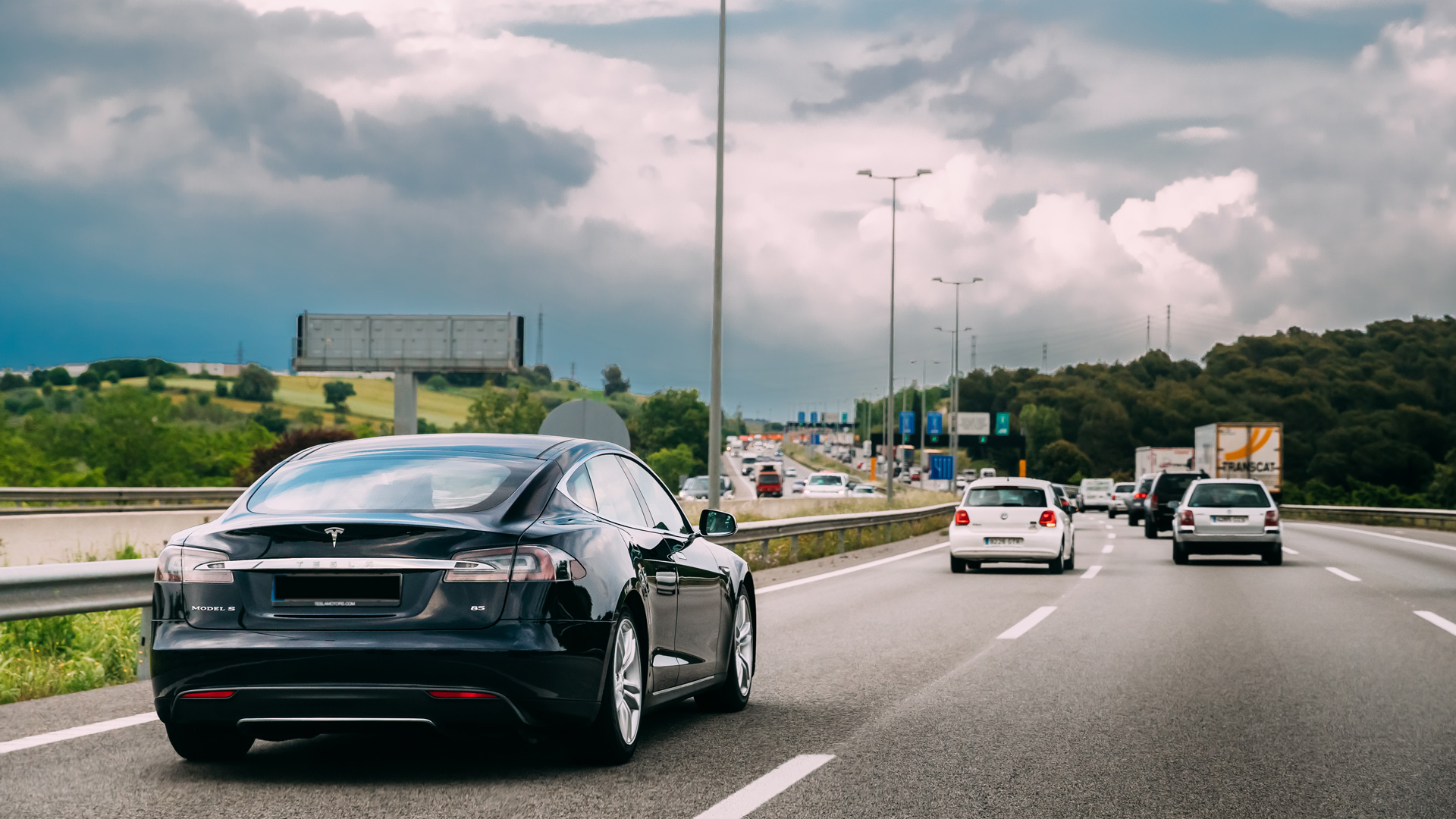They can get the transport transition on track, but electric cars alone are not the mobility of the future. We need fewer cars that drive less – and better alternatives for those who do without a car.
Follow us on social media
Seven years ago I was on an electric motorcycle for the WWF flew to Morocco for the climate summit. I was sitting on a Zero DSRtop speed just under 200 km/h, that was fun. However, electromobility never really caught on with motorcycles.

This is perhaps not surprising. Motorcycles are just for older white men and convincing the latter to switch from their Harley seems particularly difficult. Although Harleys are now also available as electric vehicles…
After all, since 2016 there has actually been some movement among the smaller vehicles: electric-powered Vespas and rental scooters ANIMAL, LIMEBolt and Co. we have now gotten used to. And bicycles with batteries, so-called pedelecs, extend the range of people who would otherwise rely on taxis or their own vehicles, especially in rural areas car would be dependent.
Too few electric cars on German roads
The electric drive in cars, on the other hand, is still coming out of the curve quite slowly in this country. A third of the newly registered vehicles were recently electric. But the supposed boom was more of a flash in the pan: Many buyers probably still wanted to collect the expiring state bonuses.
Don't miss anything with the WWF newsletter!
15 million electric cars are expected to be on German roads by 2030 – in seven years! At least that is the stated goal of the federal government. It would be almost impossible to reach. Currently, just over a million of the approximately 50 million vehicles in Germany are electrically powered. So-called plug-in hybrids, i.e. cars that have both an electric motor and a combustion engine, are already included.

Stromer still (too) expensive
Why does the electric motor still not run smoothly in this country, even though it is 120 years old? In addition to range anxiety and a poorly developed charging network, price plays an important role. There are not even a handful of models available in Germany for less than 25,000 euros. Grants of 6,000 or 9,000 euros only help to a limited extent and are particularly pleasing to drivers with already big wallets.
Whether it makes sense to provide financial support to people who want an electric SUV from… BMWVolvo or Mercedes can afford remains to be seen. A look at the new registrations shows who benefits from the subsidies other than the manufacturers: two thirds of them are commercial vehicles, i.e. company cars.

It's a shame, because electric vehicles could actually make a contribution to climate protection. Mobility researcher Andreas Knie from the Berlin Science Center for Social Research (WZB) has calculated various life cycle assessments up and down in recent years and comes to the conclusion: “The bottom line is that the electric car is the significantly better car.” However, this advantage decreases the larger and heavier the vehicles are. “It then makes little difference whether I drive a highly efficient diesel car or a battery-electric car because both are highly inefficient.”
However, cars are still getting bigger and heavier – one of the main reasons why we are stuck in traffic jams when it comes to climate protection.
The German auto industry continues to rely on combustion engines
This is where German car manufacturers come into play. Their core business is and remains the combustion engine. They focus on luxury cars and have an eye on the markets in China and the Arab world. There is little interest in a drive change. No wonder, because the profit margins on small cars are lower and manufacturers from other countries have long had a huge lead when it comes to electric drives. The automobile trade fair in Munich once again made it clear: We have to keep waiting for the mass-market electric vehicle “Made in Germany”.

In any case, it is clear that changing engines can only be one component of environmentally friendly mobility. “We need fewer cars that drive less,” says traffic researcher Andreas Knie. However, the figures from the Federal Motor Vehicle Authority give little reason for hope: the vehicle fleet continues to grow. There are currently 583 cars for every 1,000 inhabitants. This means that in Germany everyone can sit in the front. After all: the mileage, i.e. the number of kilometers traveled by car, decreases.
However, this does not solve the problem of vehicles standing around in cities. Most cars are only used for 45 minutes a day, less than my coffee machine. But it doesn't take up 12 square meters. For the remaining 23 hours and 15 minutes, cars block public space that could easily be used for other purposes. Of course, this doesn't just apply to combustion engines. Even battery-powered vehicles will not solve problems such as traffic jams, accidents, parked city centers and more microplastics from tire wear.

Use instead of own
Despite all the skepticism, it looks like the electric car would play an important role in the mobility of the future. But that doesn't mean that every household still needs its own Holy Tin – just with a charging cable. To achieve a transport transition, we have to look at other sectors. The vehicle fleet must shrink overall. Sharing offers could be one approach. Where is the principle? use instead of own prevailed, the battery-powered car has a good chance. At the same time, we need better public transport options, especially in rural areas, and of course we need to promote cycling and walking.
In short: There remains a lot to do for Transport Minister Volker Wissing.
You can find out more about the topic in our podcast episode “In the fast lane – is electromobility coming out of the curve?”.
Follow us on social media:


